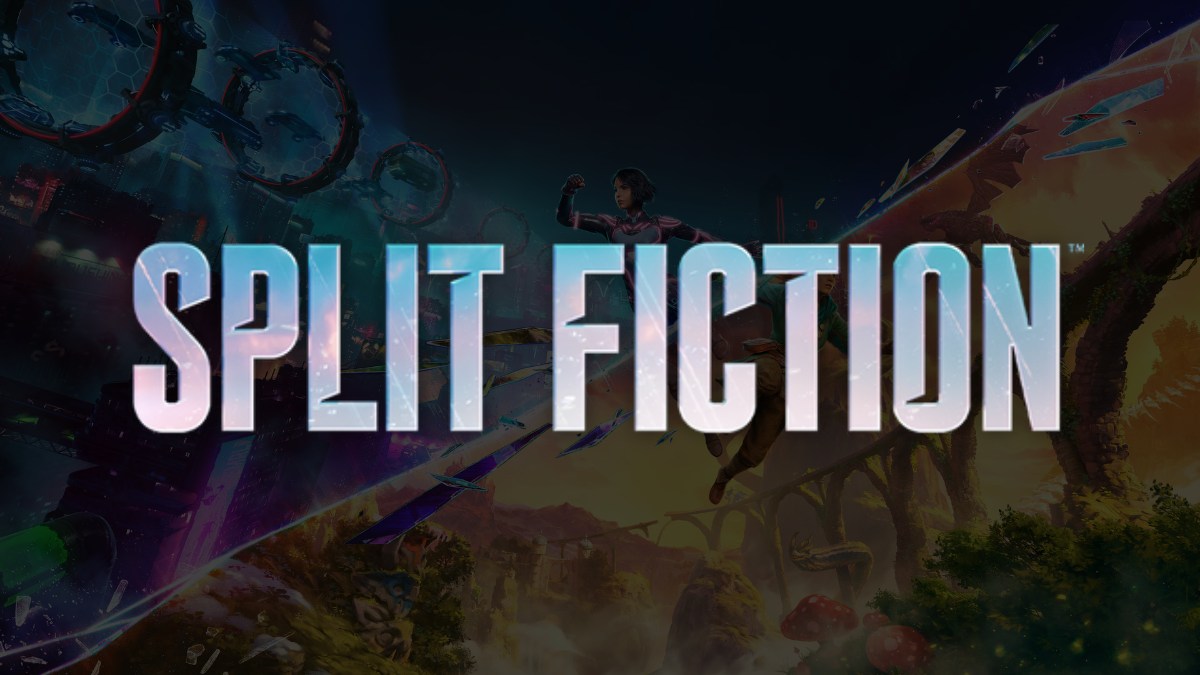Split Fiction Game Review: A Wild, Funny, and Emotional Co-Op Ride You Won’t Forget

I’ve played a lot of co-op games over the years, but Split Fiction might just be the best one yet. Made by Hazelight Studios, the same team that brought us It Takes Two, the 2021 Game of the Year, this new adventure is bigger, bolder, and even more fun. It’s also one of the smartest, most heartfelt games I’ve played in a long time.
Split Fiction tells the story of two young writers, Mio Hudson and Zoe Foster. They’re very different people: Mio is quiet and serious, a sci-fi writer who doesn’t trust anyone. Zoe is bubbly and hopeful, a fantasy writer who believes the best in others. Both are struggling to get published when they’re invited to Rader Publishing, a tech company that promises to turn writers’ stories into virtual worlds.
But instead of helping them, Rader plans to steal their ideas. The company puts people into a machine that extracts stories straight from their minds. When Mio tries to back out, she’s accidentally pushed into the simulation pod with Zoe. The result is a total system meltdown and the start of a wild adventure through a mash-up of their imaginations.
What follows is about 15 hours of some of the most creative and unexpected levels I’ve ever seen in a game. You and your co-op partner play through more than 20 distinct worlds pulled directly from Zoe and Mio’s minds.
Every level is extremely different from the rest. In one, you’re flying through a neon city on a cyber bike, dodging lasers and unlocking doors with a captcha minigame. In another, you’re exploring a magical market filled with fireworks, potions, and adorable animals dressed in wizard robes. One minute you’re floating through space; the next, you’re running from trolls, riding dragons, or transforming into various creatures.
The game constantly gives you new powers, like jetpacks, grappling hooks, elemental swords, or gravity-flipping boots. It never stays the same for too long. My favorite part is that most of these tools only last for one level, but they feel so well made you could build a whole game around them. Somehow, the developers made each one fun and polished, even if you only use it for twenty minutes.
The platforming feels great. You can jump, double-jump, dash in the air, and swing from grapples. It’s forgiving, too, so if you fall or mess up, you respawn quickly, usually right near your partner, and that is awesome because you’re not stuck repeating the same thing over and over. Boss fights are super cool and dramatic, with lots of phases and huge enemies, but if you both die, the game doesn’t make you start all over; it picks up from a recent checkpoint.
The levels are designed to bring players together, not separate them. You always need to work as a team. Sometimes you’re solving puzzles that need perfect timing or trading roles back and forth to move forward. One level had me turning into a boat while my partner jumped inside and used a cannon. Another time, she had to control magnets while I transformed into a robot swarm to hack machines. You can’t win without talking and planning together, but the game is always fun and never too frustrating.
The story surprised me, too. At first, Mio and Zoe don’t get along at all. They argue a lot because they’re so different. But as you play, they open up and start to understand each other. The story slowly reveals their backstories and shows why they act the way they do. By the end, their friendship feels real. It made me care about both of them, and there were a few moments that honestly made me tear up.
One of the best parts of the game is how it handles creativity.The villain, Rader, is a tech guy who wants to steal people’s stories and use them to power a machine that spits out new content. It’s a clear shot at things like AI writing or companies that try to replace artists with machines. The game makes a powerful point: stories matter because they come from real people and real experiences. You can’t fake that with code. Zoe and Mio’s ideas are special because they’re tied to their emotions and memories.
The side stories in the game are optional, but honestly, you shouldn’t skip them. They’re some of the best parts. There’s one where you race through an airborne kingdom with kites, another where you’re floating through space trying to catch a drifting spaceship.
Occasionally, we experienced the minor annoyance of getting separated by a platforming section, where one of us would rush ahead and the other would get stuck in a death loop trying to catch up. It’s also visually awkward when Zoe and Mio clip through each other on small platforms. A glitchy-looking digital breakup effect could have addressed that better. But those moments are small blemishes on an otherwise stunning game.
Speaking of that finale: the last level, Split, is among the most jaw-dropping, mechanically clever, and emotionally resonant finales I’ve ever played. Without spoiling the details, it marries gameplay, narrative, and emotional payoff in a way that very few games manage.
